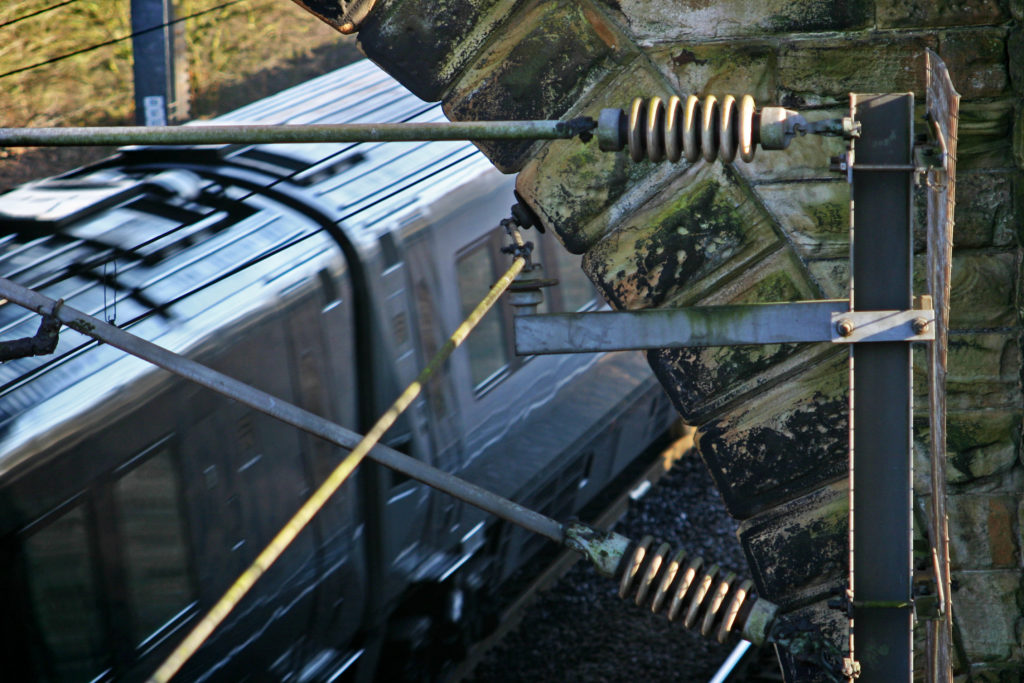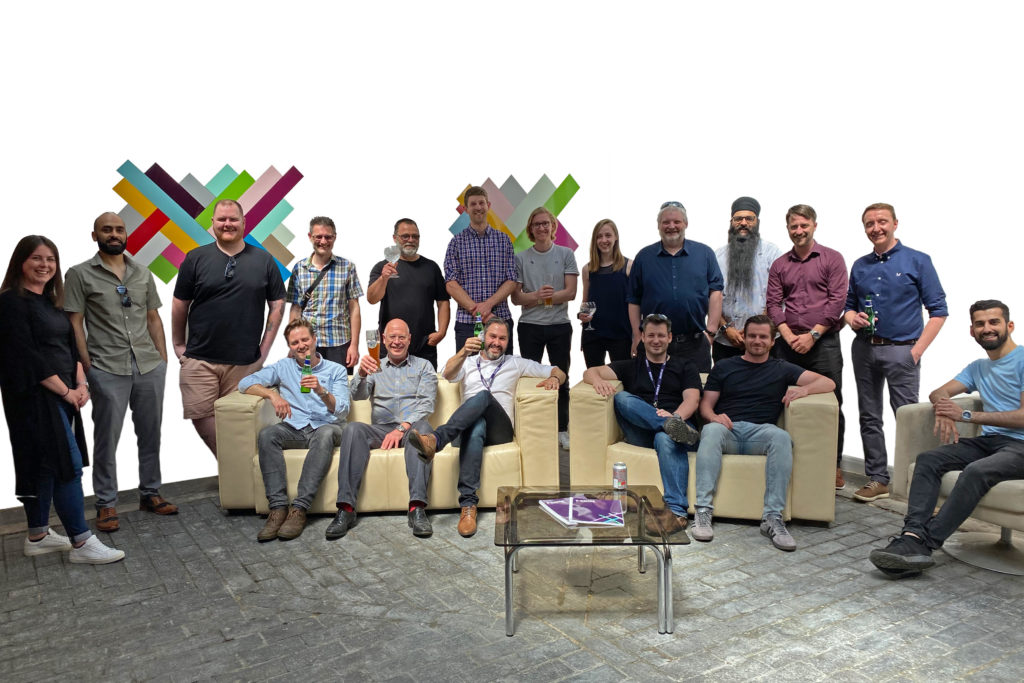Colin Johnson, Managing Director of D/Gauge has a straightforward view on gauging software: it should be inherently fast, intelligent and fuss-free. The Derby-based company launched its much-anticipated D/Gauge Rift product in an online launch to over 300 attendees, marking a new era in intelligent clearance assessment.

So, what is D/Gauge Rift and why is it important? The largest software update in the market for 20 years, gauging engineers and software specialists combined their skills to create a revolutionary new system in an area that was in need of modernisation.
Why is gauging important?
Gauging can be likened to accountancy, which also used to have complex associated software, inaccessible to the occasional or non-specialist user. Then QuickBooks was introduced, changing the way individuals perceived finance management. The power of simple, clean software unlocked wider potential and introduced more people to managing books.
Finance and gauging are both critical subjects – tasks that inevitably need to be done. Mistakes could be far-reaching and the longer you leave it, the more painful it could be to do.
The challenge was to transform gauging from a painful chore to an integral part of the design process for track and infrastructure designers. D/Gauge Rift is set to release the gauging software environment from its historic shackles and start the next era of clearance assessment.
Colin comments: “We know gauging is a necessary evil for some and it’s one of those really important things that is implemented for a whole multitude of reasons, such as network capacity, route opportunity and passenger safety. What we want to do is make it a lot more enjoyable! We’re confident with D/Gauge Rift that gauging can become less mundane and an intuitive part of the process.”

From wet string to LiDAR
David Johnson, Technical Director of D/Gauge, was the first person to digitalise gauging, advancing from poles and wet string to laser scanning and computerised software. His first programmes led to the birth of VDP Gauging, ITD Gauging and Clear Route, to name a few.
With a strong pedigree of clearance assessment and an exceptional team of engineers behind him, the D/Gauge team expanded to engage their software design capabilities. The aim was simple – to create an easy-to-use but powerful piece of software to write clearance assessment for the future.
Technology is changing rapidly and the speed of innovation in the railway industry is at an all-time high. From SMEs like D/Gauge to large corporations, the railway is utilising modern technology to supercharge our network. Recent technologies have multiplied the accuracy of data that is available, creating different challenges for engineers.
Increased plot points lead to more accurate models, less conservative gauging and the ability to unlock more routes, but they come at the price of being able to successfully interpret, interrogate and use the information.
With over 200 vehicle class types already in circulation (and this number is still rising), the vehicle complexity is sure to increase. Pair this with the ever-growing LiDAR and scanning technology apparatus – capable of recording tens of thousands of plot points on a structure – and we all know the existing software just cannot handle that level of detail.
Scaling up is key, especially as the industry predicts that freight gauging will become more wagon and load-specific, leading to a much bigger matrix of information available to use. Creating a package that is fully capable to handle, analyse and present this data was the driving force for D/Gauge team.
Starting from the ground up, D/Gauge has built an entirely new software platform that can manage the increasing demands of our network.
Reacting to industry requirements
The inspiration for D/Gauge Rift comes from the market’s gripes and requirement for a tool that is capable of handling today’s situations with today’s user experience. “We’ve been batting off requests to make faster gauging software for the past decade”, says Colin Johnson. “Speed, however, is just one element of the process and should have much less gravitas attached to it. We are used to quick software to empower efficiency in everything else, so here is the gauging tool we all need. As the volume and complexity of datasets continues to grow, I know we must approach gauging assessment in a unique way, especially to future proof it.”

Time is already limited. Any hiccups in the set up or glitch in the run can delay projects, add unnecessary costs and fray timelines. Managing Director of Bonner Rail, Mark Bonner, was a key development partner in the creation of D/Gauge Rift. His team of excellent engineers worked collaboratively with D/Gauge to create a product that is raising the bar. Mark said: “It’s not like you are saving 10% of the time; you’re completing it in 10% of the time.” By fully utilising the power of cloud-based computing, speed becomes secondary to the real problem at hand: ensuring the vehicle fits!
Colin Johnson continues: “We’ve created something that is robust and reliable. It is something that superpowers our current need for gauging and can scale up for the future of clearance assessment requirements.
“Gauging software should let track designers run enough permutations to optimise design work. It should be fast enough that processing time shouldn’t even be part of your thinking.”
For engineers, by engineers
The D/Gauge Rift platform has been extensively tested, refined and tweaked to meet the user’s needs. Working closely with development partners – including Bonner Rail and others – D/Gauge Head of Software has made usability and experience at the top of his list.
“We love a challenge”, says Dave Steward, Head of Software, “and we take the actual problem that the individual is presenting, fully understand it, go away and come up with a brand new, inspired way of displaying or inputting that information. We went back to basics in our design process to analyse the core information that drives decisions and offer better support.”
Existing software is notorious for its manual, repetitive processes. Downloading, importing, setup, post processing of data: all manual processes that add time, effort, risk of error and additional training to be able to use them. D/Gauge Rift is built to be a centralised system with principles of sharing weaved-in throughout. The result: the engineer has more time to focus on the assessment results and track design, where they add real value.
About D/Gauge
Founded in 2008, D/Gauge was involved in cutting-edge research – creating smarter, deeper datasets – and has invested in a new software approach which is fit for the future. Leaders in gauging, they have over 40 years’ experience.
D/Gauge may be new to open-market clearance assessment software, but it has been recognised in the industry for its consultancy services. Led by Ian Johnston, Head of Engineering, the team of engineers has a reputation for solving complex gauging calculations, supporting electrification schemes, vehicle introduction and much more.


